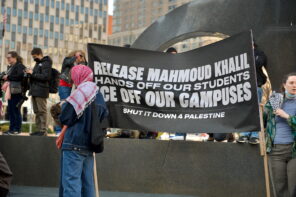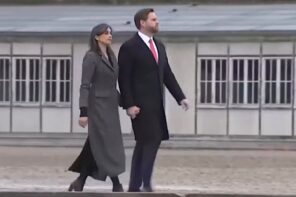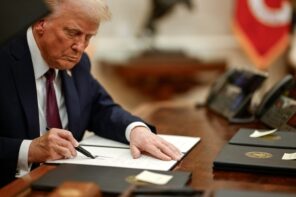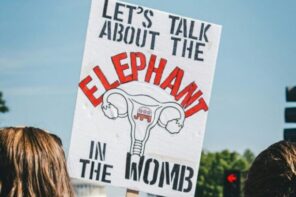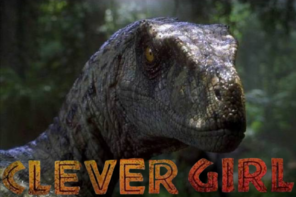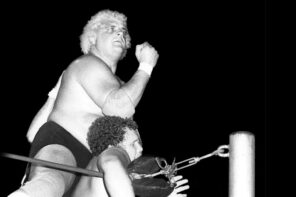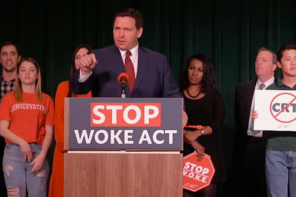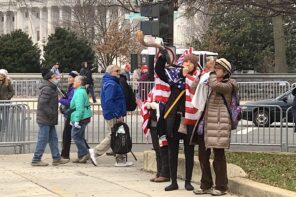Last week, I joined the HRC logo campaign on Facebook. This small gesture in support of gay marriage was the latest in an ongoing evolution of my thought. Like a handful of others, I’ve only recently “come out of the closet” as a straight, married, (quasi-)evangelical Christian who supports the right of every person to marry the person they love.
Not surprisingly, my small gesture sparked a bit of online controversy. Because my Facebook friends mirror the various chapters of my life, they also represent various constituencies: Southern Baptists from Tennessee, evangelicals from Nebraska, and progressive Christians from Chicago. In fact, my wall sometimes feels like a mashup of Bill Gaither, Rob Bell, and Amanda Palmer—a quality I liken to our wonderfully pluralistic public square (whatever is left of it, at least).
Among the multiple comments that were made, there was one that especially caught my eye. A friend of mine linked to this article by Stephen Smith of the University of San Diego.
In a nutshell, Dr. Smith’s article makes the point that the discussion on gay marriage has inappropriately focused on the issue of “equality” and should redirect its attention to the definition of “marriage.” As one can deduce from, say, the strategic placement of this link in paragraph 14, the implicit argument is that marriage is best defined as a one-man-one-woman institution.
I appreciated the intellectual care that went into Smith’s analysis. Following the example of some of history’s best thinkers, he took an issue that most people considered straightforward, complicated it, and then redirected the discussion.
Ultimately, though, I found his deconstruction unconvincing. Let me explain…
Dr. Smith’s article begins with the observation that “inequality is ubiquitous.” He points to the fact that we readily make accommodations for some members of society—the blind, for example—because we realize that a special set of circumstances requires a special response. “But we have something different in mind,” Smith says, “when we talk about equality and inequality in political contexts.” In an Aristotelian sense, “equality” is where “like cases” are “treated alike.”
The real issue of equality, then, is the question of identity: who is this person? Are they “like” others who have a certain right? If not, how might their differences require a different set of responses? In the case of the blind, Smith argues, the fact that they are not permitted to drive is not a judgment on their humanity. It is a realization that their physical capabilities are substantially different from others, thus requiring a different set of accommodations. When this observation is transferred to the discussion on marriage, we find that the real issue is not equality per se but the question of identity: whose marriage counts, and why?
Consequently, those who frame the argument in terms of equality—as if the question of identity has already been answered—are ignoring the more fundamental problematic.
Smith bases his proposal on the verbal parallelism we see in the phrases “gender equality,” “race equality,” and “marriage equality.” “Gender,” “race,” and “marriage” all qualify the word “equality” and should, therefore, be considered analogous. In the first two phrases, “equality” essentially means “it doesn’t matter,” while in the latter “equality” means “it absolutely matters!” But there is a problem with Smith’s analysis: by basing his assessment on an analogy between the words “gender,” “race,” and “marriage,” he ignores the way they are actually used, and strips them of their meaning.
When lexicographers go about discerning the meaning of a word or phrase, they do so by attending to how that phrase is used in everyday speech. They would not, for example, determine the current meaning of the word “gay” by recalling its use in the title song of The Flintstones. Dr. Smith’s analysis of “marriage equality” occurs outside of its use in actual conversation and, consequently, apart from experience. Hence a much bigger problem…
Not unlike the verbal labyrinths created by medieval philosophers debating angels or optics, Smith’s linguistic analysis strips both marriage and equality from their connections to life. Meaning is no longer determined according to how marriage functions in society or how equality is evaluated by those desiring it. There is no attention, for example, to the possibility that loving, gay couples may be more stabilizing to our social fabric than heterosexual couples, or whether lesbian couples actually feel unequal.
The exclusive focus on semantics has robbed the discussion of its phenomenological teeth and ignores the most important issue at hand: the experience of being gay in the United States.
As a product of the Bible Belt, I find myself compelled to run this discussion through a Christian lens. When I do that, I also find that I cannot split the philosophical off from the human. Christians believe that the Creator God reaches out to creation and, in fact, ushers creation into divine life. There is no separation here between the pristine and the profane.
How do I make sure that my contribution to the discussion of marriage equality properly accounts for my Christian faith? Instead of having the discussion in a vacuum, where words and ideas can be analyzed outside of experience, I make sure that my analysis runs directly through experience, and most importantly, through the experience of the suffering. Relative to this discussion, there is no more appropriate voice to include than that of the LGBT community, those whose experience has been objectified in “our” discussions of “their” rights.
If we intend for the present discussion to move forward, if we actually do desire to avoid so many “red herrings,” then we must find ways to run our debate through the multiple, autobiographical accounts of inequality among LGBT people. It is only then that we will avoid the most damaging slippery slope of all—a slide into old-fashioned, outdated, and ultimately unhelpful games of logic.
